>>> Lesson 1: Ancient wells in village cultural life
Identify ancient wells
Water is an indispensable need in the daily life and production of villagers, so since the early settlement, in any village or hamlet in any terrain, they dig or inherit the remaining wells of the Cham people, often called the ancient wells of the village. From the source perspective, there are the following types of ancient wells:
Geyser wells : These are strong geyser wells that spray water straight up from the ground. There are not many of these wells. Vo Xa village, Vo Ninh commune (Quang Ninh) has a Con Ca well. This well is located in Thuong village, next to National Highway 1. The stream from the sand dune in the East flows underground to Thuong village. The water bursts up from the sand, flows strongly and is clear. In the past, it flowed freely, forming puddles and streams. Now, to get water, people in the area build a well with a wall around it and create a fish head shape, spraying water from the mouth, so it is called Con Ca well. The water flows continuously from the underground stream, never stopping. Perhaps in the past, the people in the sand area here took advantage of this water source for daily life and agricultural production.
In addition to the Con Ca well, in Kim Nai village (An Ninh commune, Quang Ninh ), there is a water source flowing from the Truong Son mountain range to the west of the village. The village believes that it is "Dat tam long" (three dragons) and has dug and built three wells, two underground wells and one well that gushes out of the ground, named Moi well (moi means flowing barrel). These wells are lined with stones inside and built with bricks on top, so they are very sturdy.
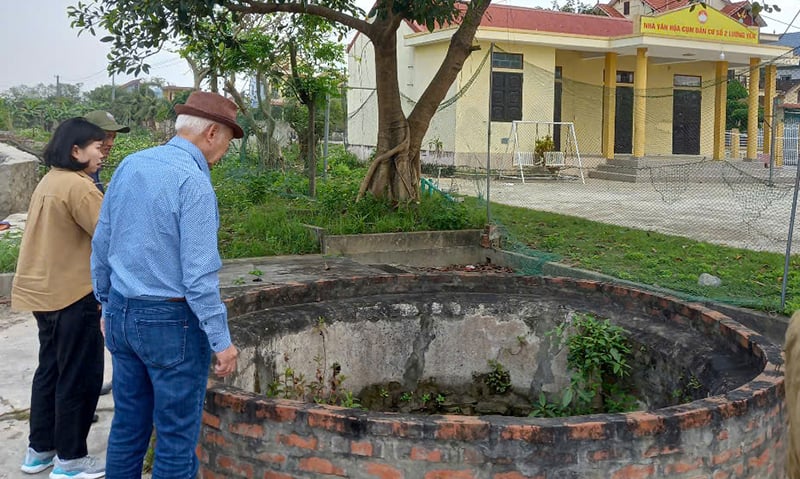 |
Earthen well : A type of well with no or unclear veins, can be called a village well (village pond or water reservoir). This well is often found in villages with a shortage of fresh water such as Tran Xa, Chinh Cung, Huu Nien, Dien Truong (Ham Ninh commune, Quang Ninh), Luong Yen (Quan Hau, Quang Ninh). These are wells with a diameter of tens of meters, dug deep into the ground and function as a freshwater reservoir. Luong Yen village has Ba well, about 15m in diameter. On the bank of the well, there is a compacted earthen edge. During the dry season, when cows and buffaloes have no water to drink, they use this well. The earthen well in Huu Nien village, Ham Ninh commune, is square, each side is about 20m. According to folklore, this is a remaining well of the Cham people. The well has a wall to keep it clean, because this well is used to get drinking water for people and livestock.
Underground wells : Underground wells can be divided into two types: fresh water wells and brackish water wells. These are common wells, the water flows underground at different depths in the ground. There are villages that do not have fresh water sources such as Luong Yen village, but Van La village (Quan Hau, Quang Ninh) next to it has a system of fresh water wells supplying the village, the whole area of several communes. That is the famous and legendary Hang well system, of which only four are now left. Le Ky village (Vinh Ninh commune, Quang Ninh) has "clear Le Ky well water". In general, this type of well is often sweet in villages where people live on hillsides or sandbanks, and not sweet in villages along rivers, or previously riverside villages, or filled-in rivers and lagoons.
The value of ancient wells
Wells have been one of the main means of providing water for the village community for generations. Villagers use water from ancient wells for daily life, eating, bathing, and also for production. All activities take place near the well.
Economically , before people knew how to dig wells, most drinking water or domestic water was taken from rivers, lakes, and streams. This explains why the villages in the low-lying areas of Le Thuy, along the upper banks of rivers, had very few wells, not to say no wells, so the following problems occurred:
It is a difficult process to get water because most people's houses are not built near rivers, lakes, streams, or creeks to avoid the risk of flooding. Moreover, getting water home takes a lot of time and effort, greatly affecting the livelihood of each family. If there is a well near the house, getting water will be quick and convenient.
One thing is certain, the quality of water from rivers, lakes, streams and streams cannot be used directly as drinking water, as it can easily cause many public health problems. On the contrary, well water is cool and can be drunk directly, such as Hang well in Van La, Chua well in My Thuy commune (Le Thuy)...
Besides the economic and material values that are clearly seen every day, village wells in general, and ancient wells in particular, are the common cultural living space of the village. This is where stories are shared by the villagers through daily activities such as carrying water to do laundry, or meeting by chance at the village well to stop and chat...
The village well is where many young couples meet and date. Some couples have become husband and wife after meeting at the well.
"The well is round and full at the head of the communal house.
A legendary sky for me to be stunned"
The ancient well transmits the energy that connects people, unites the community and fosters love for the homeland. From the well, from daily attachment, the villagers unite, creating a close-knit village community. The village relationship becomes even stronger, no matter where people go, the image of the village well is still the place to return to. The village relationship, the village above and the village below are also connected by the village well, which is the source of water for life, and the well water thus settles into the spiritual life of everyone.
The ancient well is a symbol of the vitality of Vietnamese villages in general, and Quang Binh in particular. It is the dragon vein, the heart of the village. The well is ranked as important in the spiritual beliefs of every Vietnamese family. In the overall spiritual structure of the village, if the banyan tree has a god, the pagoda has a Buddha, then the well has a water god, a water mother god. The village well reflects the spiritual life of society. According to folk beliefs, the well symbolizes the vitality of the villagers. In the architectural space of the village, the village well bears the strong features of the wet rice civilization. The spiritual and cultural values of the village well are directly reflected in literature, legends; in rustic rural language and images, or in the love between men and women:
"The well at the beginning of my village
His village well
A clear summer afternoon
I give you a bucket of cool water
The water reflects our reflections
...The well at the beginning of the village from all directions
Wipe sweat stop by the roadside
Drink a sip of water from the hat
Listen to the full love of homeland"
The well at the beginning of the village (Te Hanh)
The rich diversity of ancient well forms also reflects the creativity and cultural diversity of the village community. The spiritual and cultural values of ancient wells bring great significance to the development of the community. However, nowadays, in the face of industrialization, those values are quietly disappearing over time. Nowadays, every house has its own well. Not to mention, a reality in today's villages, many village wells are forgotten, lacking the inherent vitality of underground water veins.
Village wells need to be preserved in accordance with their role and position. Just a little care and attention such as keeping the well space clean, renovating the well wall and surrounding space, restoring abandoned wells will breathe new life into the soul of the ancient well heritage. Village wells in general, ancient wells in particular, are always mirrors containing many ancient memories. And even in today's life, ancient wells are still works that carry the spiritual and cultural values of the countryside, the cultural identity of Quang Binh through many generations.
Nicholas Tse
Source: https://baoquangbinh.vn/van-hoa/202506/mach-nguon-gieng-co-bai-2-bao-ton-va-phat-huy-gia-tri-gieng-co-2227039/












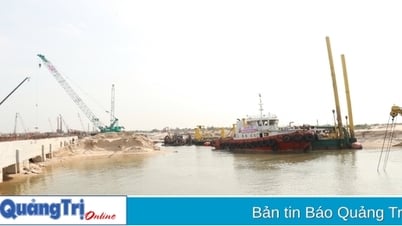



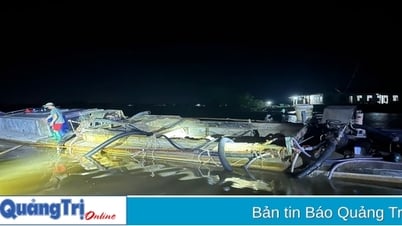






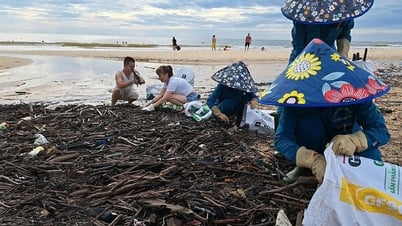




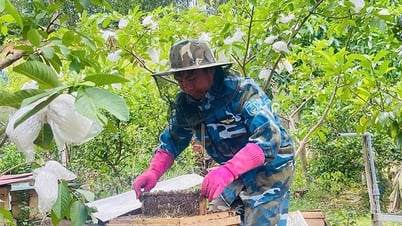



























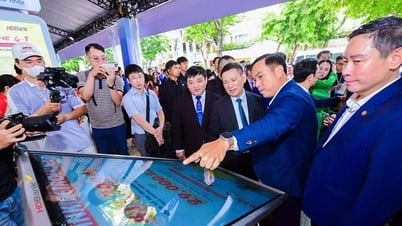









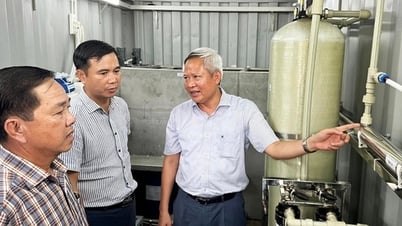




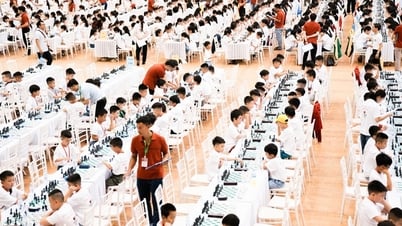


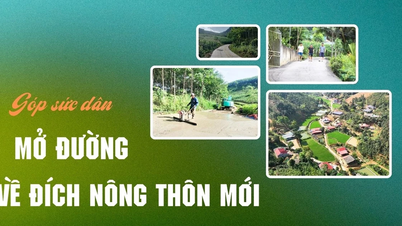


















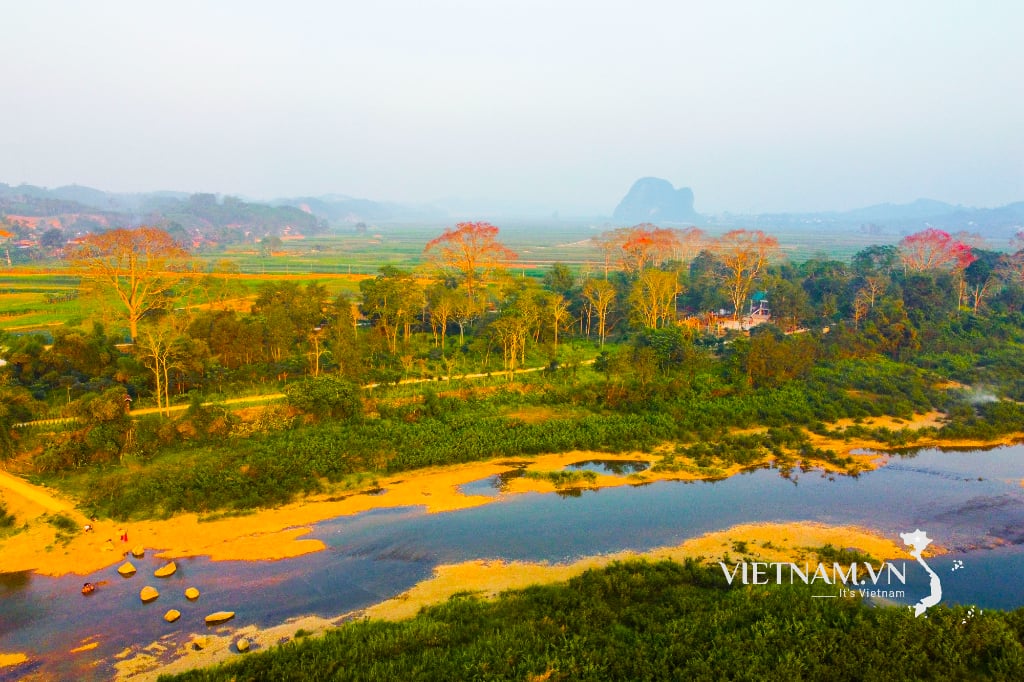


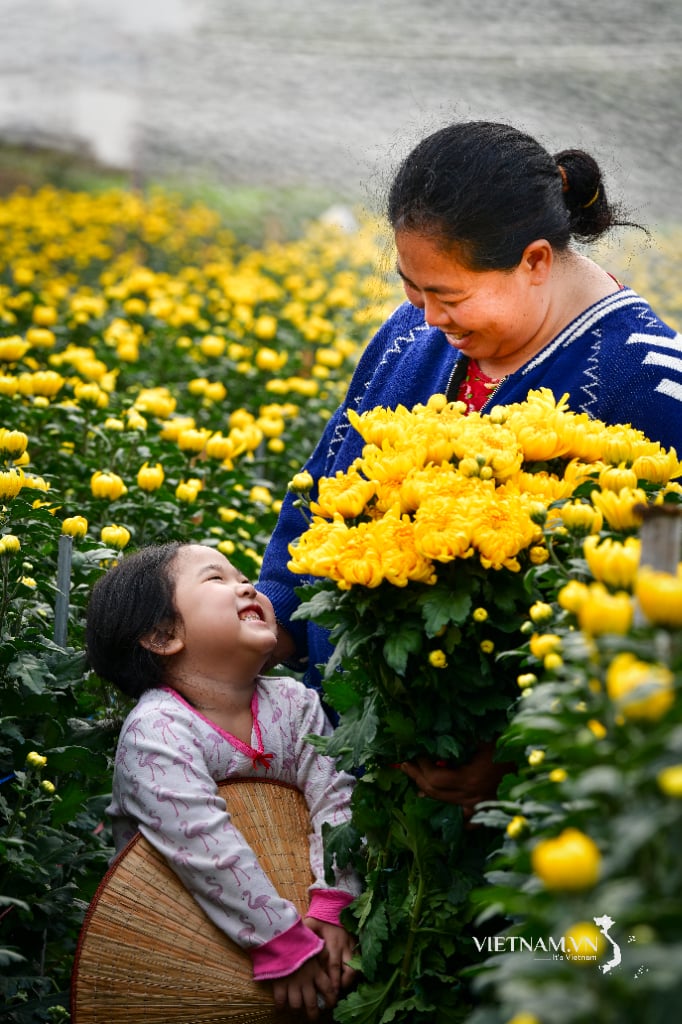
Comment (0)